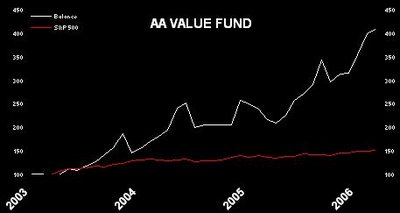 Friday was the big day. Tim Horton’s (NYSE: THI) IPO was priced at USD $23 and opened at nearly $30. This values the company at almost $6 billion! Meanwhile, Wendy’s shares (NYSE: WEN), retreated to $63 and held steady after briefly hitting an all-time high of $66.35. Based on my last post, this would have resulted in roughly a 13% return on investment in little over a month, not including dividends. Not bad.
Friday was the big day. Tim Horton’s (NYSE: THI) IPO was priced at USD $23 and opened at nearly $30. This values the company at almost $6 billion! Meanwhile, Wendy’s shares (NYSE: WEN), retreated to $63 and held steady after briefly hitting an all-time high of $66.35. Based on my last post, this would have resulted in roughly a 13% return on investment in little over a month, not including dividends. Not bad. What now? The main thesis of my rational behind buying WEN in the first place remains intact. On Friday, THI closed at $28. Remember WEN still owns 85% of Timmy’s. So at that price, the 85% stake represents approximately $38.5 of WEN’s share value. The remainder, or $24.5, is the value the market is attributing to the Wendy’s franchise. That translates to an enterprise value of roughly $3 billion which is still only 8.5 times EBITDA. This is an improvement since Peltz filed his 13D but the multiple is still below the 9 to 11 times for Wendy’s peer group.
There is more work to be done. The Baja Fresh brand still needs to be divested. Some underperforming restaurants will be sold once store-level margins have been improved. Meanwhile management has committed to continue to cut costs to improve EBITDA. Finally, cash from sales of any ancillary businesses and the $5 per share proceeds from the THI IPO will have to be put to work. Once Timmy’s has been 100% spun off (before the end of the year), management will put this cash to use to buy back shares or pay a special dividend or a combination of both.
There are risks. There is no guarantee THI will hold at these levels. Furthermore, there is no guarantee Wendy’s management team will be able to hit Peltz’s targets. But if you are a believer, you will collect around 1.4 shares of THI for every WEN shares you are holding and based on my calculations, you will benefit from another 20% to 25% appreciation as the Wendy’s franchise mounts a comeback.
I continue to like WEN as a value play. Even if the THI IPO frenzy fizzles away, the downside seems minimal. In fact, if the THI does retreat to the IPO price or below, I will snap up shares in a heartbeat. Meanwhile, holding WEN gives you the opportunity to participate in any further, albeit unlikely, gains in THI in the short-term.
Let’s let the story unfold.

